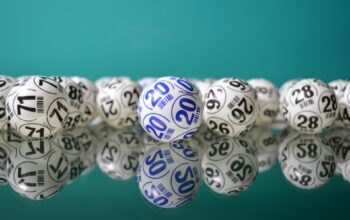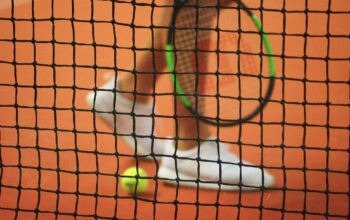The correct calculation is essential in chess games for children and adults. We are not going to offer a miraculous method to calculate better in chess, but we will recommend some ideas defined by Anatoly Machulsky that can help in this process.
1. Bear in mind the general assessment:
It is useless if we can calculate many play if we are not going in the right direction. Taking the overall evaluation into account will not only help us to find the right plan, but it will also make it easier for us to come up with individual plays or combinations.
2. Candidate plays:
Before embarking on a long calculation process, it is essential to define which plays we have as possible moves. It may be that in the same calculation process, we discover ideas that other candidates suggest to us, but from the beginning, we must be clear about the two or three main alternatives.
3. First forced variants:
When we are clear about the plays in which we are going to deepen, and especially when we are in attack positions, it will be essential to start with the forced variants.
This can save us time, since being forced lines the possibilities do not branch so much and we can advance a lot in our calculation, spending a few minutes and energy.
4. Locate possible intermediates:
Keeping in mind the checks or other potential threats that can become intermediate plays can help us a lot to avoid errors in the calculation during our chess games.
5. Avoid interference:
In long variants that require a lot of depth, it is common to get confused in our analysis because we count on the fact that in a certain box there is a piece that we physically see at that moment, but that in our variants may have moved.
The being physically viewing parts sometimes causes such interference, so it is not surprising to see some players who try to calculate looking at infinity.
Although there is always someone unhappy who is just staging how he calculates by looking at the line, it may be advisable to stop looking at the board when calculating very long variants so as not to receive the interferences that the sense of sight can produce.
6. The “fresh look” rule:
In certain positions, we need to carry out a long calculation of variants, due to the complexity of the position or because it is a critical moment in the game.
This implies having to spend a long time on our analysis. Sometimes we get caught up in digging deeper and deeper, periodically reviewing variants that we have already calculated, and minutes go by, and we are still not clear on things.
But of course, you have to make a decision. Hasn’t it happened to you that after moving we notice some critical detail? Yes, right after rolling! At the same moment, we release the piece.
This has an explanation: our way of looking at position changes depending on the tension we have. We do not find ourselves with the same pressure when having to decide as to when we have already made it.Well, what I propose is to try to get a “fresh look” says Anatoly Machulsky, on the position before moving. Being able to “change the chip” and look at it with different eyes. It can help to get up and look at the position from the opponent’s perspective.




